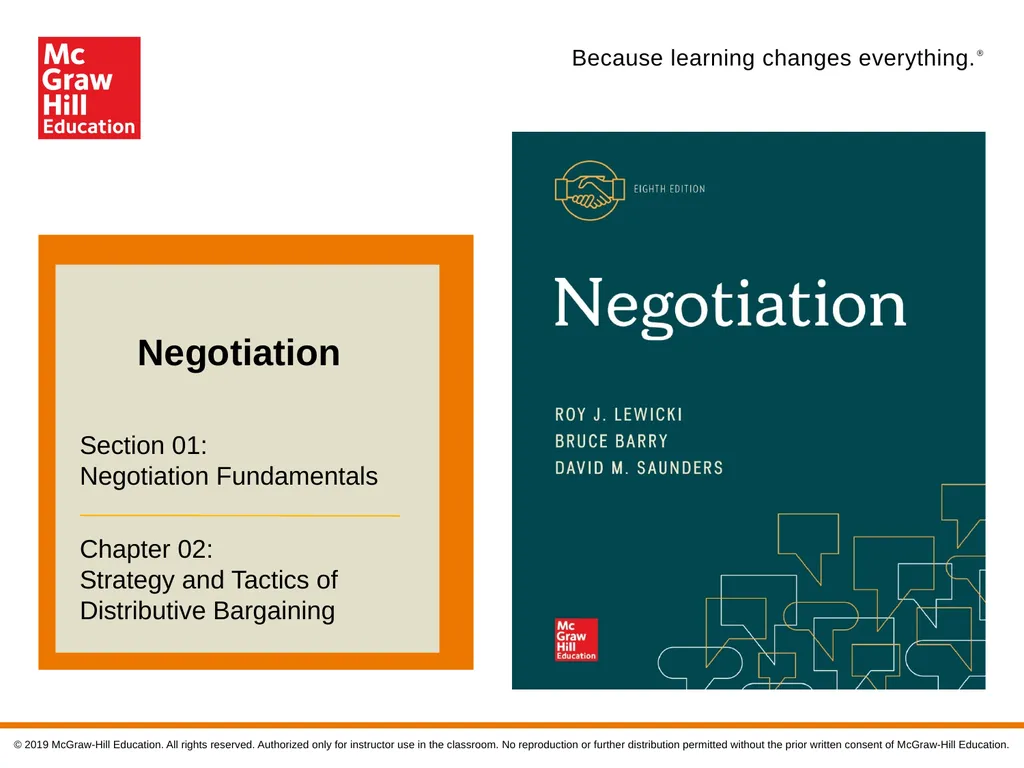
Negotiation Section 01: Negotiation Fundamentals
Author: phoebe-click | Published: 2025-05-29
Description: Negotiation Section 01: Negotiation Fundamentals Chapter 02: Strategy and Tactics of Distributive Bargaining 2019 McGraw-Hill Education. All rights reserved. Authorized only for instructor use in the classroom. No reproduction or further
Download Presentation
Download the PPT/PDF: Download
Transcript:
Loading transcript…